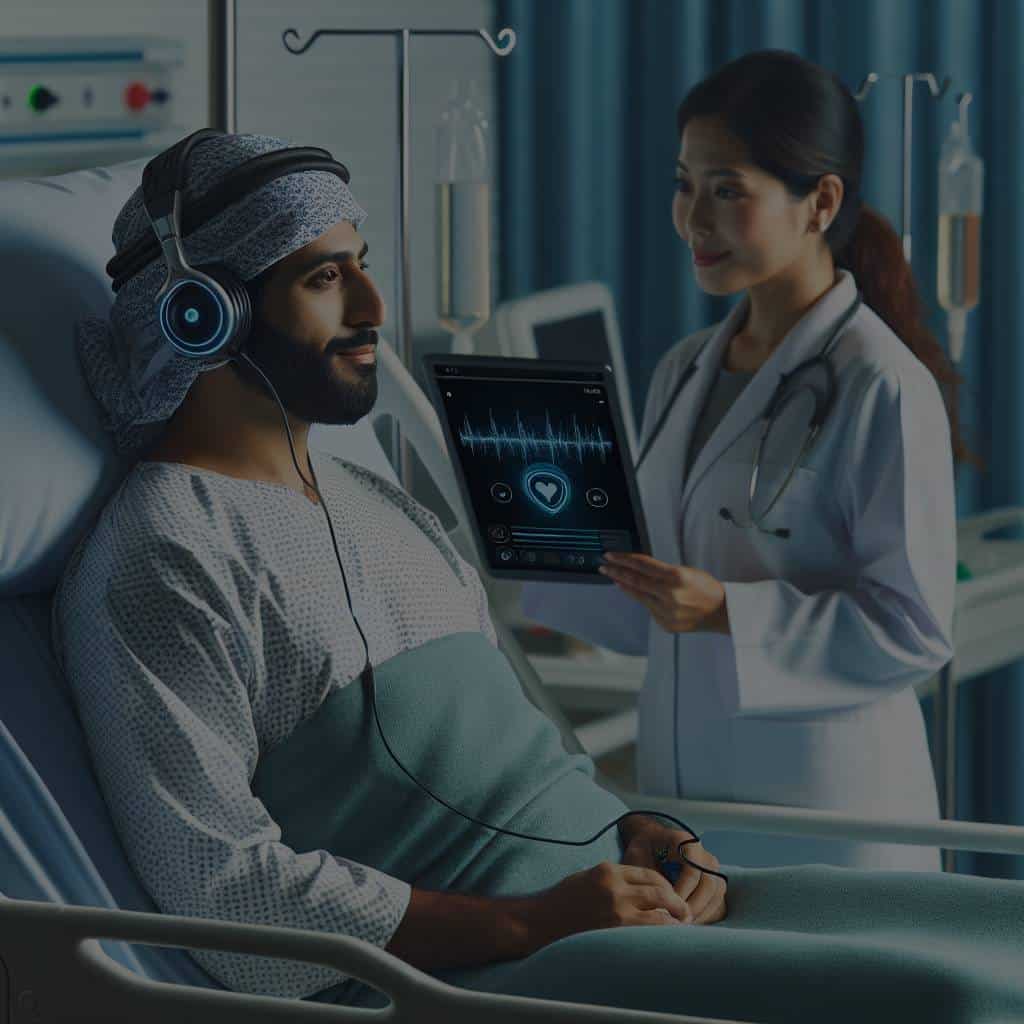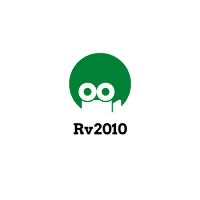How Can Speech Recognition Technology Assist Patients Recovering from a Stroke?

For stroke patients, the journey of recovery can be filled with challenges. Among these obstacles, the struggle to regain speech can be one of the most frustrating. The ability to communicate is something many of us take for granted until it’s impaired or lost. Thankfully, advances in technology present new ways to assist in the rehabilitation process. In particular, Speech recognition technology is a field that has shown immense potential in supporting stroke patients on their path to recovery. This article will delve into the power of this technology, exploring its potential in stroke rehabilitation.
Understanding Stroke and Its Effects on Speech
Before we delve into the potential of speech recognition technology for stroke rehabilitation, it’s important that we first understand the effects of a stroke on speech and communication.
Also to see : What Personal Protective Measures Can Reduce Lyme Disease Risk in Endemic Areas?
A stroke occurs when the blood supply to part of the brain is cut off, often resulting from a clot or burst blood vessel. This lack of oxygen and nutrients causes brain cells to die, leading to brain damage. Depending on the severity and location of the stroke, patients can experience a variety of symptoms that affect their ability to move, speak, and understand language.
One common speech disorder that can result from a stroke is aphasia, a condition that affects the individual’s ability to communicate. This can manifest as difficulty speaking, understanding speech, reading, or writing. Aphasia can be incredibly frustrating for patients and can significantly impact their quality of life.
In parallel : How Can Antioxidant-Rich Diets Prevent Age-Related Eye Diseases?
The Role of Speech Recognition Technology
Now that we have a basic understanding of the impact of stroke on speech and language, let’s turn our attention to how speech recognition technology can provide critical support.
Speech recognition technology is a type of software that utilizes neural networks and machine learning to convert spoken language into written text. You may be familiar with it in the form of personal assistant apps, such as Siri or Google Assistant, but this technology has far-reaching applications beyond these consumer products.
For stroke patients, speech recognition technology can be utilized in several ways. One potential application is in providing an alternative means of communication. For individuals who struggle with speech, being able to speak into a device that can then translate their words into text can be incredibly empowering. This can allow patients to more easily communicate their thoughts and needs, reducing frustration and facilitating better social interaction.
The Integration of Speech Recognition Technology in Rehabilitation
Beyond providing alternative communication methods, speech recognition software also holds promise in the realm of rehabilitation. The ability to closely monitor a patient’s speech in real time can offer valuable data for therapists and medical professionals.
With the assistance of computer technology, therapists can utilize voice recognition software to accurately track a patient’s progress over time. This could involve monitoring improvements in speech clarity, word recall, or sentence construction. The data gathered can then be used to tailor therapy sessions, adjusting exercises and goals to the patient’s current abilities.
Moreover, speech recognition technology can provide a supportive tool for at-home practice. Once a patient leaves the therapy setting, keeping up with exercises can often be a challenge. Software that allows for speech practice at home, with real-time feedback, can reinforce the work done in therapy sessions and accelerate progress.
Research and Future Developments In The Field
The potential of speech recognition technology in stroke recovery is not merely theoretical. Various studies and research projects are actively exploring its benefits and potential applications.
One such study published on PubMed with the DOI identifier (doi:10.3389/fnbot.2018.00034), highlighted the effectiveness of speech recognition technology in supporting the rehabilitation of stroke patients with aphasia. The study revealed significant improvements in the participants’ language skills after using the technology.
Furthermore, research continues to drive the development of more advanced and specialized speech recognition technology. For instance, projects are underway to develop software that can adapt to the unique speech patterns of individuals with speech disorders, increasing accuracy and usability.
In conclusion, while the path of stroke recovery can be daunting, the advances in speech recognition technology offer a beacon of hope. This technology can provide much-needed support, empowering patients with improved communication and facilitating more effective rehabilitation. As research continues, we can anticipate even greater strides in this field, making a significant difference in the lives of stroke patients.
Advancements in Speech Recognition using Deep Learning
The advancements in speech recognition technology are largely due to the incorporation of deep learning algorithms and neural networks. These sophisticated methods of machine learning make it possible for devices to understand and interpret human language with increasing accuracy. By exposing these systems to vast amounts of training data, they can learn to recognize distinct patterns in speech and adapt to different accents, dialects, and speech impairments.
Deep learning algorithms allow for the automatic speech recognition that forms the backbone of these assistive technologies. Such algorithms analyze the complex patterns in speech, isolating individual phonemes, and linking them to form words, phrases, and sentences.
For stroke survivors whose language processing abilities have been affected, this technology can be a game-changer. By learning to recognize the unique speech patterns of these individuals, the software can more accurately transcribe their spoken words into written text, enabling them to communicate more effectively.
Moreover, the AI-powered technology can also analyze brain signals related to speech, further aiding in understanding and interpreting the patient’s speech. This intersection of neurology and artificial intelligence is a promising frontier in stroke rehabilitation.
The Role of Speech Recognition Technology in the Health Care System
Incorporating speech recognition technology into health care systems can greatly benefit both stroke patients and their health care providers. Through this integration, language therapy can be made more effective and efficient.
Voice recognition software can streamline the administrative work involved in patient care. By transcribing patient-doctor conversations, it can reduce the time doctors spend on paperwork, freeing them up to spend more time with their patients. Additionally, having a transcribed record of these conversations can facilitate better communication among members of the health care team.
For speech language therapists, the usage of speech analysis software can greatly enhance their ability to monitor and track their patient’s progress. The software can provide detailed feedback on various aspects of speech such as fluency, pronunciation, and word recall. This data can then be used to customize therapy sessions to the patient’s needs, making therapy more effective.
Furthermore, the Stroke Association and other health organizations can use this technology to reach out to stroke survivors who are unable to attend therapy sessions in person. By providing access to speech recognition software, these organizations can give patients the tools they need to practice their speech at home, thereby accelerating their recovery.
Conclusion
Despite the challenges that stroke survivors face, the advancements in speech recognition technology provide a light at the end of the tunnel. By harnessing the power of artificial intelligence and deep learning, these technologies offer a powerful tool for improving communication and facilitating effective rehabilitation.
Furthermore, the integration of this technology into the health care system can revolutionize the way we provide care to stroke patients, making therapy more personalized and efficient. As research continues to advance in this field, stroke patients can look forward to even more sophisticated assistive technologies, making their journey to recovery a little bit easier.
The journey of stroke recovery can be a long and difficult one, but with the help of speech recognition technology, it doesn’t have to be a lonely one. From providing a means of communication to enhancing the effectiveness of language therapy, these technologies can make a significant difference in the lives of stroke survivors.
